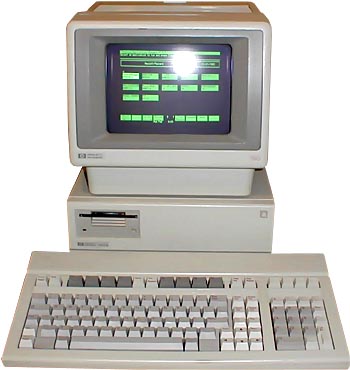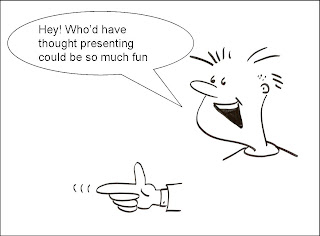Blended learning is a new way of learning which combines traditional face-to-face classroom lessons with online learning instructions.
Some advantages of this new approach are:
- Students have more time to spend on working at home.
- Students have the opportunity not only to interact with their peers in the classroom but also online.
- Students have the opportunity to find authentic up-to-date materials available online.
- Students have the advantage of taking part in class when they feel more at ease, i.e. that they can choose to participate in face-to-face environments or online ones.
- Students can receive more feedback from the teacher.
- Students can personalize their learning experience.
Here is a web page
from Walden University, where they explain Hyflex Blended Learning




